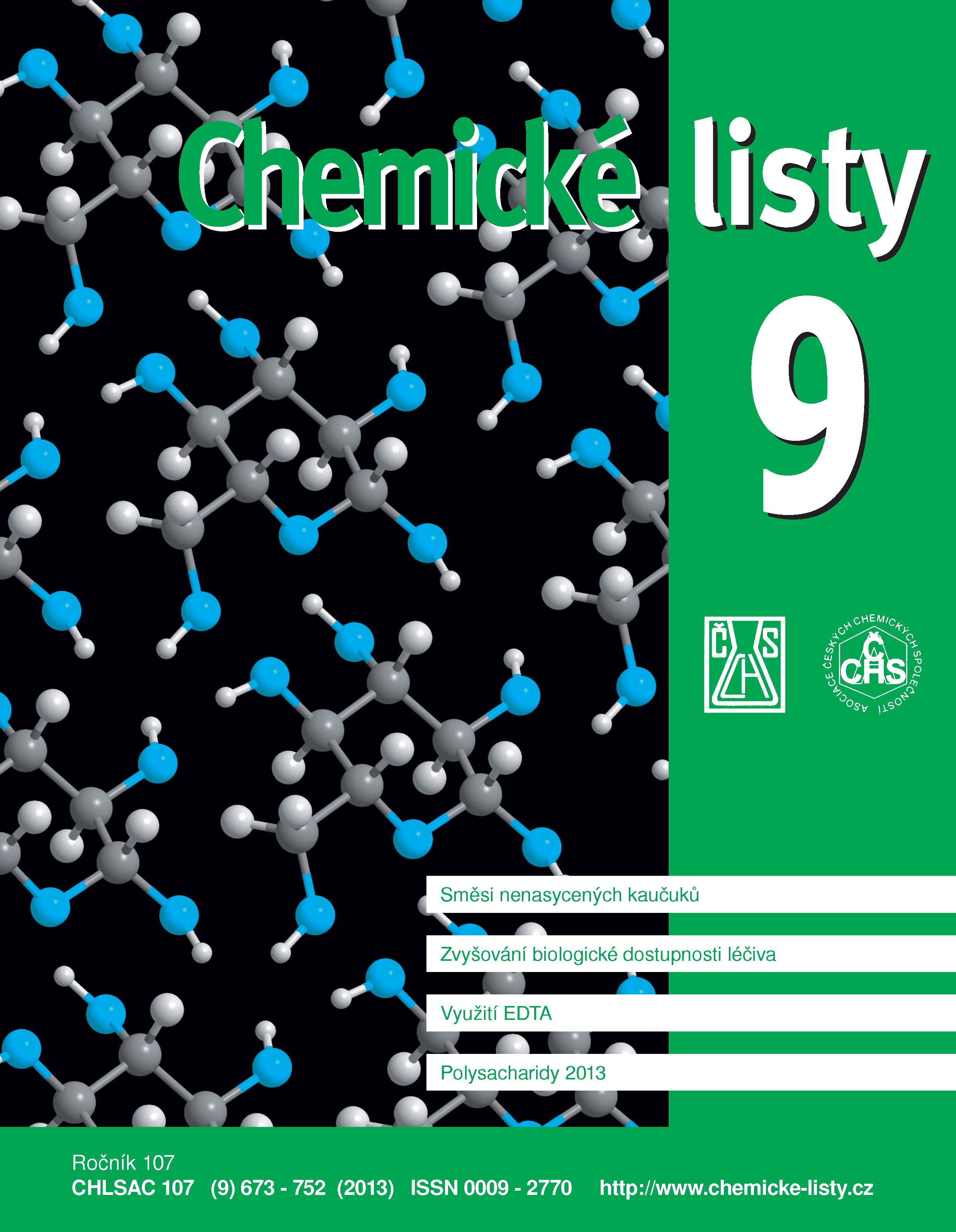Methods of Analysis of Real Samples for EDTA and Review of Their Utilization in Modern Separations
Keywords:
ethylenediaminetetraacetic acid, chelates, analytical methods, real samplesAbstract
This article reviews the determination of EDTA in various samples (including natural and waste waters) by LC, GC, electroanalytical, spectrophotometric and other methods. EDTA is poorly degraded in waste water treatment plants, significant amounts of EDTA are released into natural waters, which can cause environmental damage by heavy metal leaching. It was shown that LC methods compared with GC offers better compatibility with aqueous samples at the cost of higher detection limits. The use of EDTA as a mobile phase component in LC separation methods is reviewed. EDTA was used as a complexation agent preventing unwanted side reactions of the analyte with the matrix, thus minimizing possible interferences.





